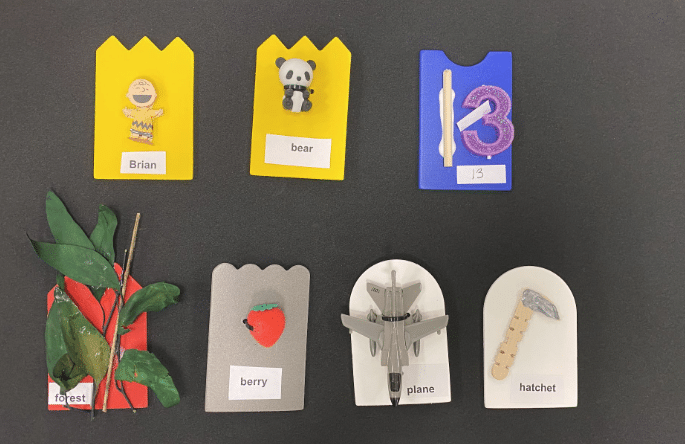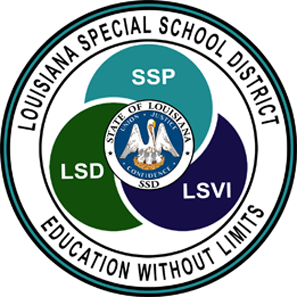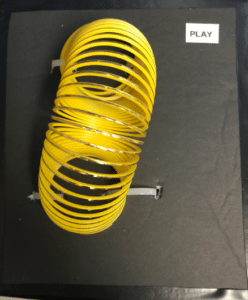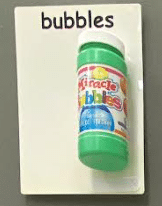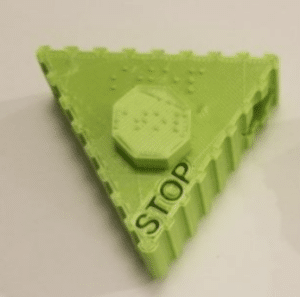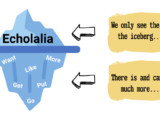Tactile Symbols
January 18, 2023Students who are blind and have limited or no communication or have multiple disabilities or are deaf lack the visual stimulation that a sighted student receive from their environment. Have you ever experienced your child going to the zoo and pointing to a zebra and calling it a cow? You will then have a discussion with the kid about the different animals. This is accidental learning. A child who has low vision or blind lack the visual stimulation that a sighted kid receives from their environment. Tactile symbol is a form of communication. It is created by real object, partial object, texture, or shape mounted on a portable piece of background materials, card. Tactile symbol cards could represent people, action, activity, and object that are meaningful to the student. There are four main ways tactile symbols could be presented on: 1) Black background with object mounted, 2) White background with object mounted, 3) 3-D coreword, and 4) Color and shape coordinated cards- Tactile Connections
Tactile Connections
Tactile connection has seven different color and shape cards, which represent seven different categories: person, action, place, time, object, expression, and expansion.
 Person
Person
 Action
Action
 Expansion
Expansion
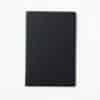 Expression
Expression
 Place
Place
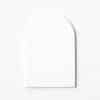 Object
Object
 Time
Time
Where Do I Start?
Start by creating cards based on the places the student go to, people that the student meet every day, and core words such as go, more, want, more, and not. Each time one of these opportunities occurs, place the symbol for GO, WANT, MORE, NOT in the student’s hand and say (or sign) the word. When the opportunity is complete, remove the symbol. Create schedules, calenders, and the stories the student reads.

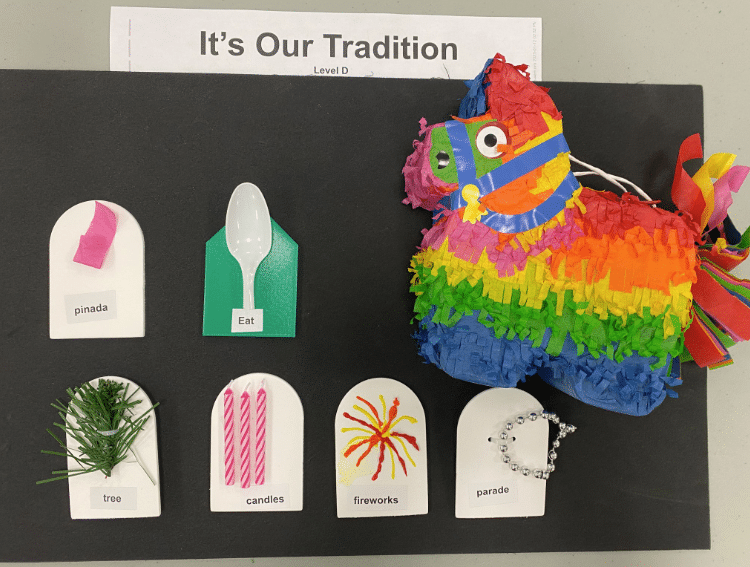
“It’s Our Tradtions” is a book from the UNIQUE curriculum.
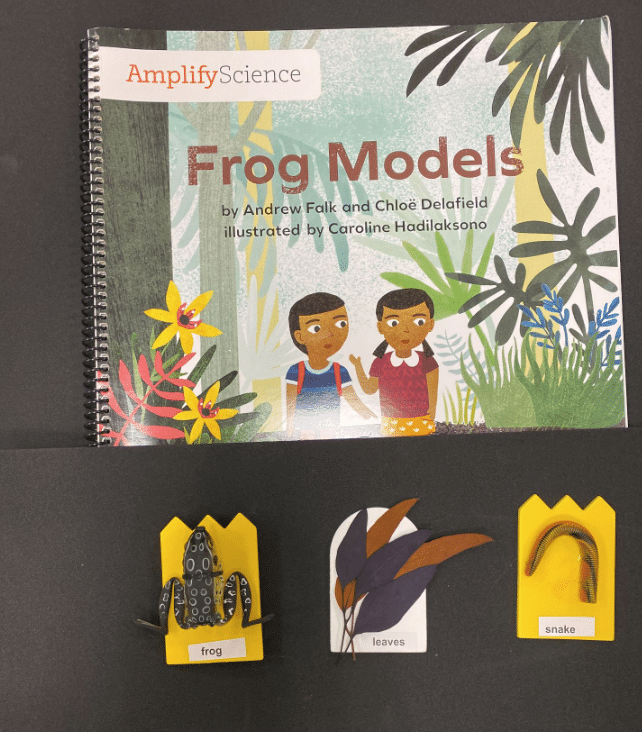
“Frog Models” is a book from the AMPLIFY curriculum.
